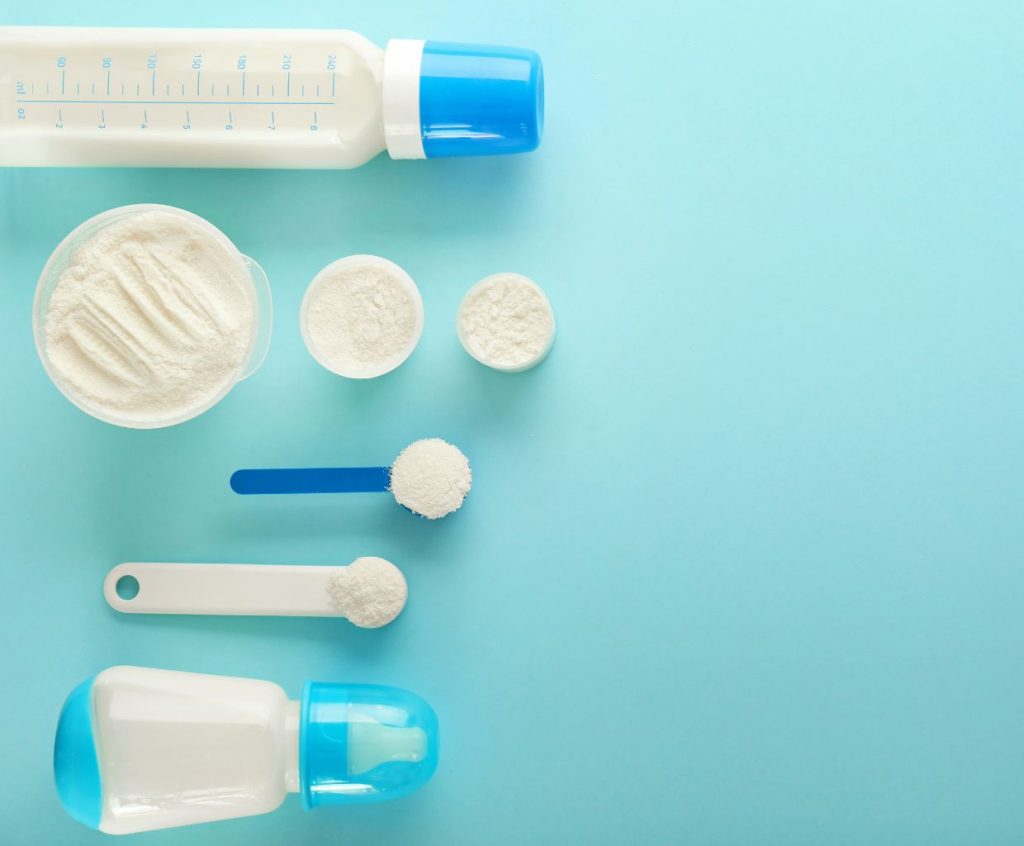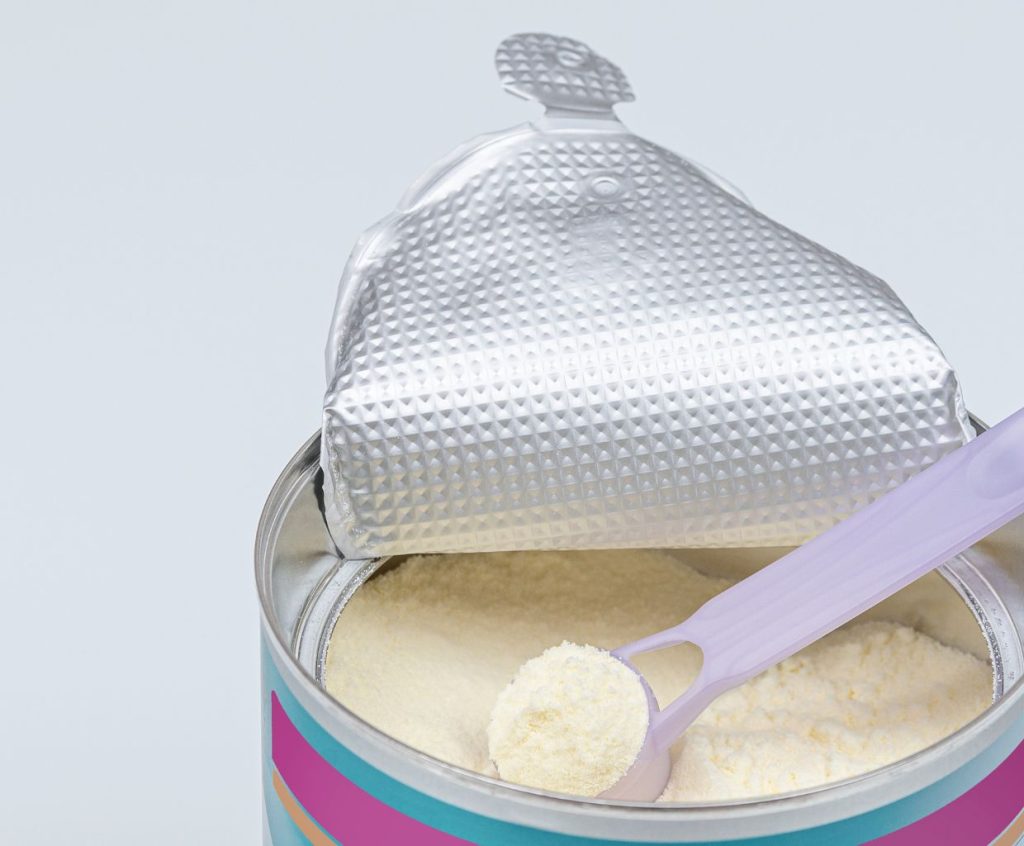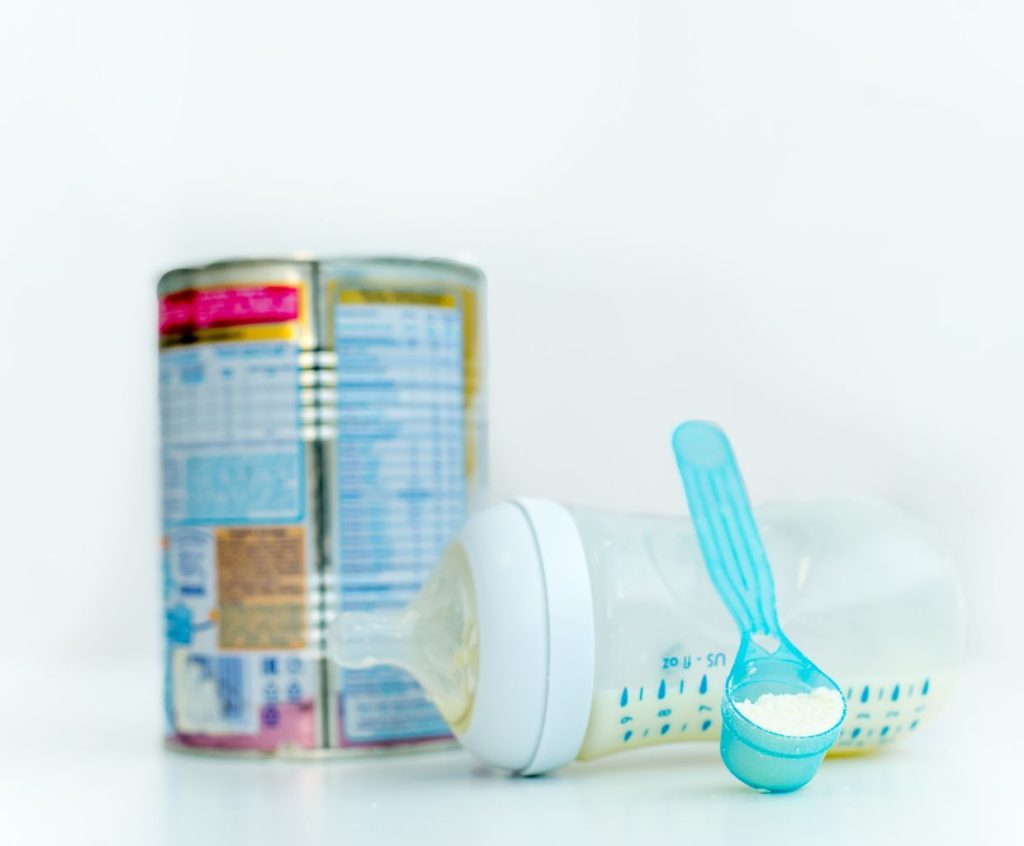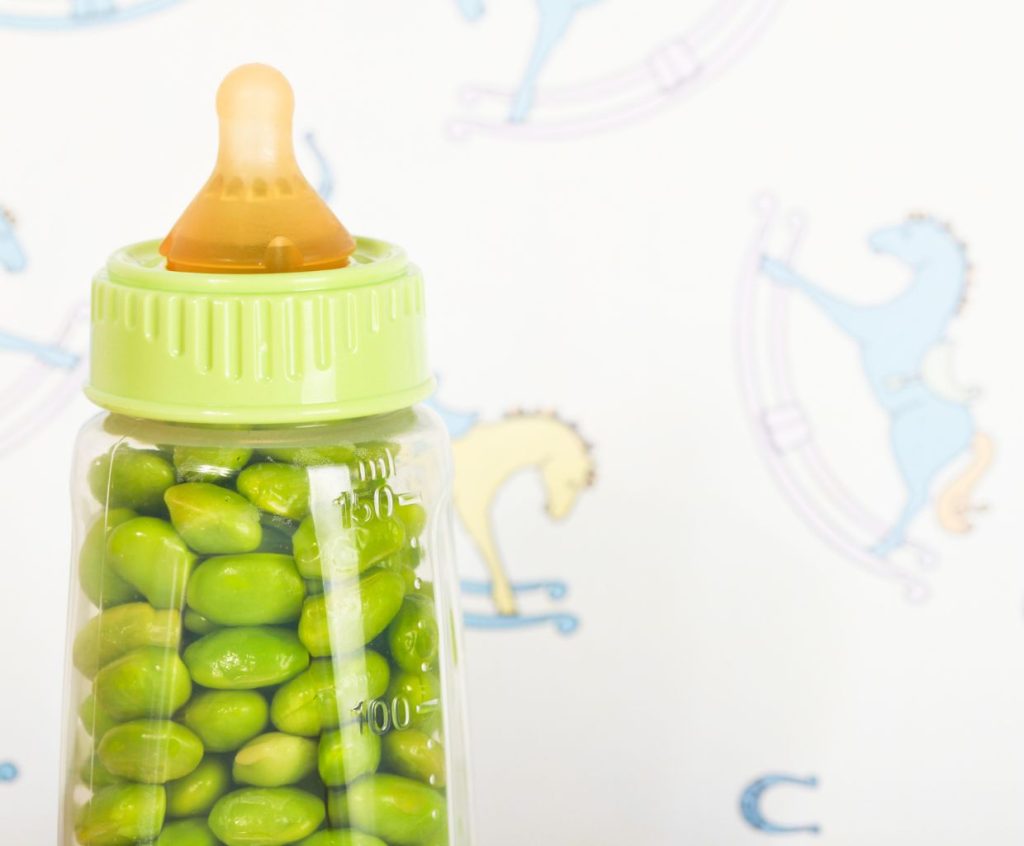Find Out The Types of Baby Formula Best For Your Kid
Baby formula is a commercial preparation used to feed babies when they can’t be breastfed. It’s usually made up of cow’s milk, but it can also be made from soy or other types of milk. Sometimes, the milk used in baby formula is partially skimmed and partially whole.
Some formulas contain extra nutrients that help support your Baby’s growth and development and vitamins and minerals that help prevent diseases.
As a parent, you’re probably wondering what types of formulas are available and which is best for your child. Here’s some information on how we can differentiate baby formulas:
By the form that they come in
– powder
– ready-to-serve
– liquid concentrate
or
By what they are made of:
– based on cow’s milk
– based on soybeans
– specialty
or
by the amount of fat they have
Powder, Liquid Concentrate, or Ready-to-Serve?
The first step in choosing the right formula for your Baby is deciding whether or not they have a milk allergy or intolerance (which means they do not tolerate milk). If they do, then lactose-free or hydrolyzed formulas may be an option for you, as these contain no lactose at all –. In contrast, soy-based and cow’s milk-based formulas will contain some lactose since this is naturally occurring in both products).
All things being equal, the type of formula you choose depends on how much money you have and how much time you have. Parents with money but no time will use ready-to-feed formulas since they are the most convenient.
Parents who wish to save money will use powdered baby formula because it is, by far, the cheapest. When appropriately prepared, the nutritional content of powdered, concentrated, or ready-to-feed formulas will be the same because the content of baby formula is regulated by the FDA (U.S. Food and Drug Administration).
Powder
Powdered formulas are the cheapest. They are flexible in that you can make as much or as little formula as you need. Compared to liquid formulas, powdered formulas are lighter in weight and may be easier to travel with. Once a can is opened, it is suitable for a month (compared to liquid formulas, which can only be kept for 48 hours).
Ready-to-serve
Ready-to-serve formulas are the most expensive but also the most convenient. Here, you only need to open a can, pour it into a baby bottle, and then feed it to Baby immediately. Ready-to-feed formulas can stay fresh in a refrigerator for up to 48 hours; they should be thrown away because bacteria may grow.
Concentrate
Concentrated baby formulas are intermediate in price and convenience. Here, water needs to be added to the formula concentrate before it is ready to use. Since the concentrate is already in liquid form, mixing with water is easy (powder takes a while before it completely dissolves). When opened, concentrated formula can be kept in the refrigerator and must be used within 48 hours. Beyond that, it should be discarded.
Some baby formula manufacturers will give you free samples. This will allow you to try the formula without paying for a large container (which your Baby may subsequently reject). Some argue that “free” samples are just a marketing strategy: once Baby has drunk some of the formula and seems happy, parents will continue to buy that exact brand.
Cow’sBased Formulas
Cow’s milk does not have the same components as breast milk; however, manufacturers try to correct this by adding and removing components to parallel human breast milk as best as possible.
The top brands of baby formula are:
Enfamil with Iron
This is the primary or standard formula that Enfamil offers for normal babies born with no special dietary needs. It has 40% casein and 60% whey, the proportion found in human breast milk. Formula-fed babies usually have difficulty absorbing iron, so most formulas are fortified with iron so the Baby won’t be iron deficient.
Enfamil LIPIL
The significant difference with Enfamil LIPIL is that it contains DHA and ARA, two long-chain fatty acids that may help develop eyes and brains. Research on the effects of DHA and ARA is inconclusive, so some parents choose to use formula with DHA and ARA, whereas some parents choose formula without it. Read more about DHA & ARA from Enfamil or the FDA.
Similac with Iron.
This is the primary or standard formula offered by Similac for a normal baby with no special dietary needs.
Similac Advanced Infant Formula with Iron
This advanced formula contains DHA and ARA. , It also boasts fewer air bubbles and allows 50% more calcium absorption compared to Enfamil.
Good Start Supreme
Good Start differs from Enfamil and Similac because their formulas are made with 100% whey protein (easier to digest). Good Start uses a two-part process, making the proteins easier for the Baby to digest.
Good Start Supreme DHA & ARA:
Like Enfamil and Similac, Good Start also offers a formula that includes DHA & ARA.
Soy-Based Formulas
Soy-based formulas are often recommended for babies with allergies or intolerances to other types of milk. Your pediatrician may recommend a soy-based formula if your Baby is gassy, colicky, or vomits after formula feeding. The Baby may be:
– allergic to something in the cow’s-milk;
– he may be lactose intolerant (very rare);
He may have difficulty digesting the protein in the cow’s milk.
Some strict vegetarians will choose a soy-based baby formula so that Baby can follow in their footsteps and avoid eating animal products. The main ingredients used in soy-based formulas are from plants, not cow’s milk. In particular, there is no casein (has soy protein instead) and no lactose (has glucose-polymers instead).
Some examples of soy-based formulas are:
- Enfamil ProSobee LIPIL (see all Enfamil products)
- Similac Isomil Advance Soy Formula (see all Similac products)
- Good Start Supreme Soy DHR & ARA (see all Good Start products)
Specialty Formulas
Some babies are born with a metabolic condition, and the pediatrician will recommend a specialty formula designed for the Baby’s dietary needs. There is a battery of specialty formulas.
Lactose–free formulas:
These formulas are made for babies who are lactose intolerant. Here, cow’s milk is used, but the lactose (the sugar typically found in breast milk) is replaced with glucose, sucrose, or corn syrup.
Lactose intolerance is rare in full-term babies – though it is not impossible. Some premature babies do not produce enough lactase, making them lactose intolerant. These babies may benefit from a lactose-free formula.
- Enfamil LactoFree
- Enfamil Gentlease LIPIL (has 75% less lactose)
- Similac Sensitive (Similac Lactose Free)
Pre-mature formulas
Some formulas are designed for low-birth infants and premature babies. These formulas contain more proteins, vitamins, and minerals to encourage the rapid growth of low-weight and pre-term babies. Here are some examples of premature formulas:
- Enfamil Premature
- Enfamil EnfaCare
- Similac NeoSure
Hypoallergenic formulas
Designed for sensitive babies who may react poorly to cow’s milk- and soy-based formulas. Here, the proteins are broken down into tiny pieces so that it does not cause an allergic reaction. Some examples of hypoallergenic formulas are:
- Nutramigen LIPIL
- Pregestimil Infant
- Similac Alimentum Hypoallergenic Formula
Enfamil also offers a baby formula with added rice starch (Enfamil A.R. LIPIL). This thickens the formula and allows the Baby to keep the food down better.
Enfamil LIPIL Low is a baby formula with low levels of iron.
Similac Organic is made with organic cow’s milk and other organic components.
Good Start Natural Cultures is a new baby formula that includes Bifidus B.L. This bacterial culture helps Baby keep a healthy intestinal environment and has been shown to increase Baby’s antibodies.
Organic formulas
If your child is sensitive or allergic to cow’s milk or soy protein, an organic formula may suit his needs. Organic formulas contain no genetically modified organisms (GMOs), which means they have not been altered by scientists through genetic engineering techniques such as genetic modification, bioengineering, or tissue culture. Making organic baby formula is also much more labor-intensive than conventional formulas, which means organic baby formula tends to be more expensive than nonorganic options.
Baby formulas – by the amount of fat
1) Full-fat: This formula has the most fat (about 50%), making it a good choice if your Baby needs more calories or if you’re breastfeeding exclusively.
2) Low-fat: This formula has less fat than full-fat formulas (about 20%) but still contains enough nutrients for your Baby’s needs. If your child is not gaining weight or seems constipated after drinking this formula, try switching to a higher-fat version.
More!
In addition to all of the above formulas, another series of formulas are designed for older babies. These “second step” formulas may have higher levels of proteins and calcium to parallel the needs of a toddler. Some are designed for babies four months or older, while others are for six months or older.




